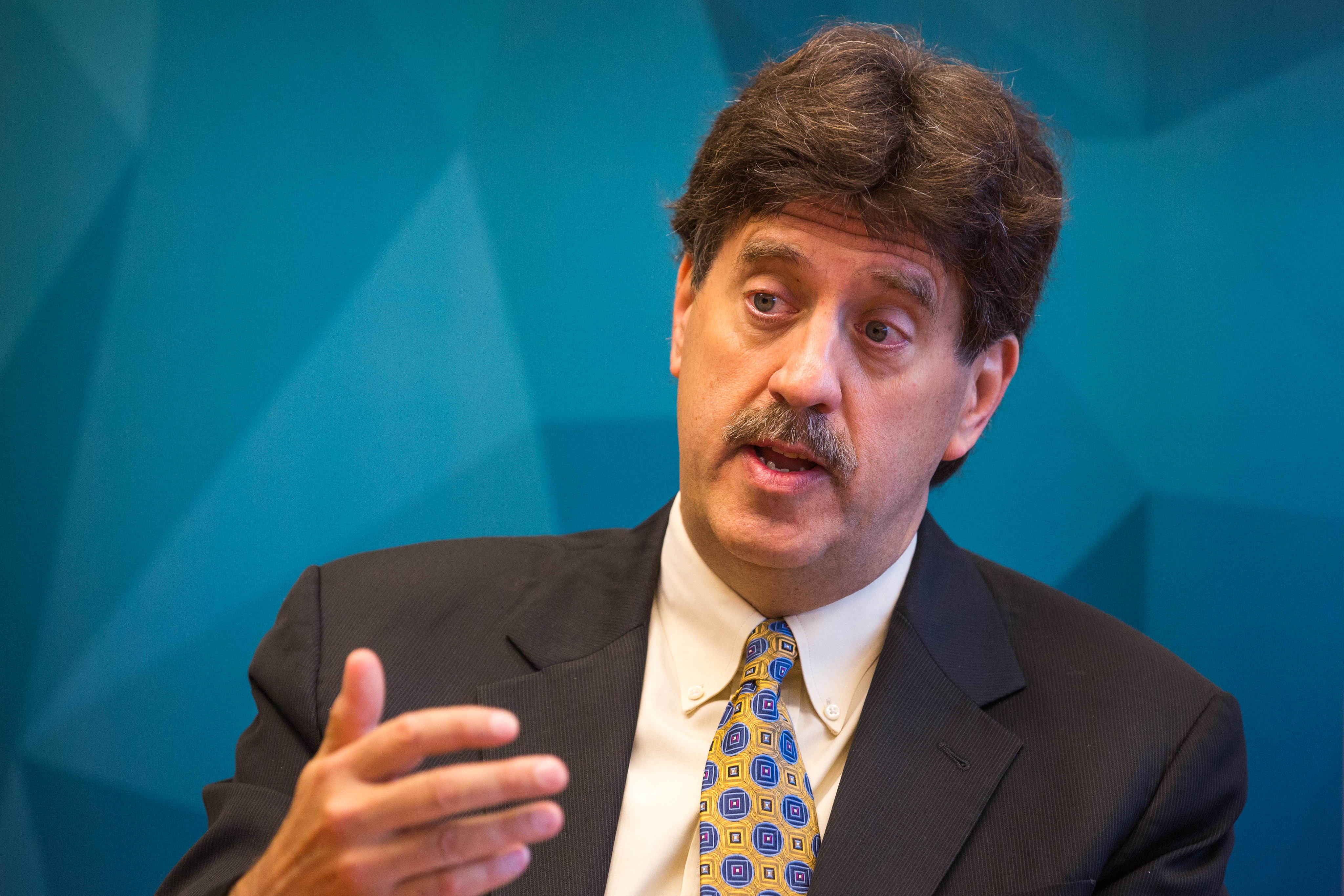The US Arctic Council chairmanship is winding to a close
This week, the final leg of America’s Arctic Council chairmanship begins.
Some squaring away remains to be done before the Finns are handed responsibility on May 11, in Fairbanks, Alaska, according David Balton, the U.S. ambassador currently leading the senior Arctic officials, the diplomats who represent council member states. But, during their two-day meeting in Juneau last week, the group “reviewed, considered and approved” enough work to be close to being able to close the books on the U.S. program, Balton told reporters last week.
[Finland prepares to take over Arctic Council leadership — and climate leadership — from US]
The items SAOs finalize will be taken up for approval during the council’s ministerial meeting, the high point of the Arctic Council’s two-year cycle.

Among the most awaited of these are an assessment of the region’s telecommunications needs. An agreement on scientific cooperation is also getting much attention and may be the marquee accomplishment of the U.S. chairmanship.
Other notable outcomes that can be expected in May: a searchable database of equipment available for response to emergencies and a pair of reports looking into marine biodiversity and how well countries in the region are living up to targets for nature protection.
Heavy fuel oils and black carbon, both major pollution concerns, particularly as shippers take an interest in sailing Arctic routes, were also a topic of discussion in Juneau, but the issue is one that is better addressed together with International Maritime Organization, rather than by Arctic states alone, given the international nature of the industry.
Less certain (and thus of more interest) is what America’s Arctic policies are headed. Momentum appears to be carring the chairmanship into Fairbanks. One signal of how much attention the White House will pay to the region after the ministerial will be whether Rex Tillerson, the secretary of state, and the nominal chair of the council, will attend.
Typically, member states are represented by their foreign ministers at the biennial meetings, but there are notable exceptions. In 2015, for example, Moscow sent its environment minister. Canada, the host of the same meeting, was represented by Leona Aglukkaq, an Inuk serving as environment minister at the time (and who also held an ‘Arctic Council’ portfolio).
Whether Tillerson will go remains uncertain. He has been encouraged to do so, and not showing up would break form (Tillerson’s predecessors have attended the previous three ministerial meetings). Worse, it would be a let-down for the inhabitants of America’s Arctic.
“The government and people of Alaska would like him to be here,” Balton said. But, he admitted, “secretaries of state are busy people.”
In addition to the American accomplishments for this session, the council has also been considering a number of larger issues, including whether to admit more observers. A decision about whether to grant additional states, NGOs or the like the right to sit in on meetings was put off during the 2015 ministerial, in order to give members time to consider what the role of observers should be.
This is a task the council has been working on under the U.S. chairmanship. But, since the previous ministerial meeting, the queue of those waiting to get in has grown to 20, and Balton is coy about their chances of getting in. “We may decide to admit one or more of the 20,” he says.
Another topic that will carry over to the Finnish chairmanship is how to fund participation of the indigenous groups that participate in the council: such groups have small budgets and small staffs, and attending meetings of an increasingly active council requires money as well as time.
Giving the council a long-term outlook is another on-going project likely to be finalised during the Finnish chairmanship. The goal is to provide the council with a sense of continuity, rather than setting new priorities for itself at the start of each chairmanship round. One of the leading options for accomplishing this is to set a multi-year work progam. Such a period could last as long as 10 years.
This appears to be an idea the Finns have embraced, at least in part. To be sure, two of the themes their chairmanship will pursue are new (education and meteorology). Getting the Arctic Council to work closer together with the Arctic Economic Council has also been mentioned as a goal, but it is not listed as one of the four main themes.
However, two others (telecoms connectivity and environmental protection) are similar to some of the Americans’ goals. This will be a good start for those hoping to make sure that the more things change the more they stay the same.